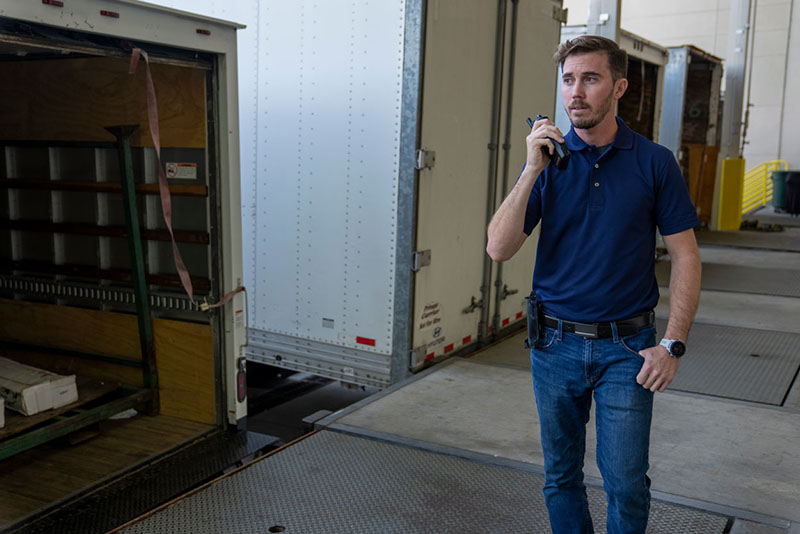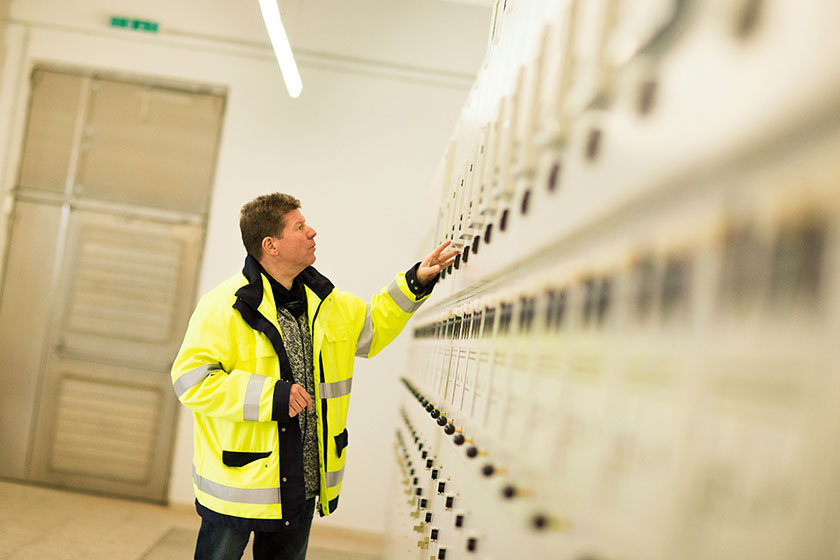
Radio

Dependable, user-friendly two-way radio communication.

Offerings

Products
Explore Critico’s range of top-tier radio products from leading brands such as Motorola Solutions, Kenwood Communications and Entel. We understand every organisaton has unique requirements and we stock a wide variety of devices for every need from responding to incidents and emergencies, or coordinating day-to-day activities and maintenance, Critico’s radio solutions are built for performance.

Systems & Solutions
Critico is committed to providing comprehensive end-to-end solutions that ensure your communication systems are fully supported. We specialize in dispatch applications and offer both single and multisite trunking solutions, leveraging advanced repeater software. Our single-site and wide-area configurations are designed to be adaptable, allowing your system to evolve according to your needs. This ensures a cost-effective solution that can be tailored to your specific requirements, delivering reliability and flexibility as your business expands.

Body-Worn Cameras
Discover our advanced body-worn cameras, designed to enhance safety and accountability. These durable, easy-to-use devices offer high-quality video capture. Perfect for law enforcement, security, and other industries, our body-worn cameras provide reliable, real-time recording to support transparency and deter theft and aggression. Critico offer a wide range of body worn cameras including the option to seamlessly integrate with your existing radio systems.

BBPTT & GCaas
Critico’s Broadband Push-to-Talk (BBPTT) solutions provide advanced, reliable communication for organisations across various industries. These offerings enable instant voice communication over LTE and Wi-Fi networks, extending beyond the limitations of traditional two-way radios. With BBPTT, teams can stay connected across wide geographic areas without the need for complex infrastructure, making it ideal for businesses with mobile or remote workforces.

WHY CHOOSE CRITICO?
Tailored Solutions for Critical Communications
Critico is renowned for understanding the unique needs of different sectors, whether it’s Healthcare, Bluelight, Government, Energy, Education, or Corporate environments. Our ability to deliver bespoke communication solutions that are both reliable and resilient ensures our clients receive solutions that perfectly align with their requirements, enhancing their operational efficiency and safety.
Comprehensive Service & Support
Critico offers more than just products; we provide a complete end-to-end solution that includes design and consultancy, maintenance, engineering, support packages and in-house repairs. Our holistic approach ensures that clients have access to expert advice, ongoing support, and flexible solutions that evolve with their needs. Critico’s commitment to high service standards, ensures that customers can rely on consistent, high-quality support and quick response times.
Trusted Partners & Proven Technology
Critico partners with industry-leading brands like Kenwood, Motorola and Entel, offering your clients access to top-tier two-way radio technologies. By integrating these cutting-edge products with our comprehensive two-way radio solutions, we provide our clients with the best of both worlds—innovative technology and unparalleled service.
Multi-Channel & Cross-Technology Integration
Critico integrates various communication technologies—such as radios, paging, and mobile apps—into a unified system. This cross-technology capability enhances communication resilience and ensures that clients have a robust, multi-faceted communication network that can adapt to different scenarios and environments.
Industry Expertise & Sector-Specific Solutions
Critico’s deep experience across diverse sectors, including healthcare, blue-light, government, education and energy, allows us to offer solutions that are not just technically sound but also contextually relevant. This expertise helps in crafting communication systems that are fine-tuned to the specific challenges and regulations of each industry, ensuring compliance and effectiveness in critical operations.
License Management
Critico streamline the professional business radio licencing process by managing all aspects of the process including applying for, amending, maintaining and renewing licenses on behalf of our clients.

